

This course introduces students to the work of changemaking and the field of social innovation. Students will explore principles of social innovation and social change, while developing the skills to analyze social issues, generate solutions to those issues, and become an effective social change agent. (3 hr. lecture)






1. Explaining the historical trajectory of social and environmental issues.
2. Describing social and environmental issues that currently affect society.
3. Utilizing different tools and mechanism to analyze social and environmental issues.
4. Evaluating different pathways to resolve social issues.

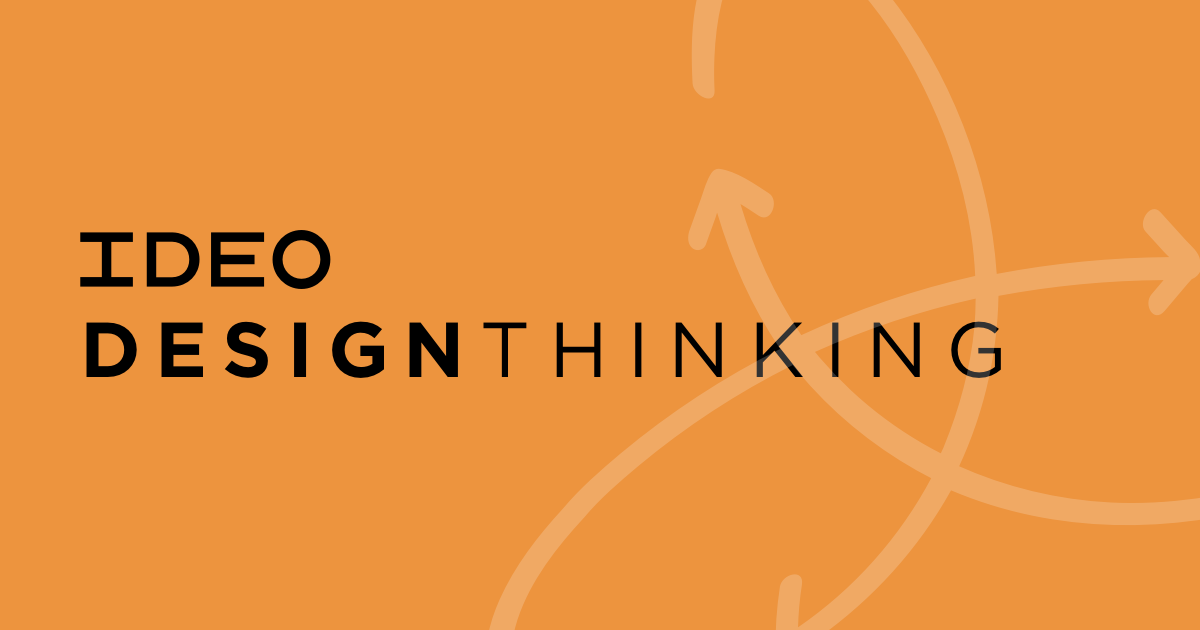

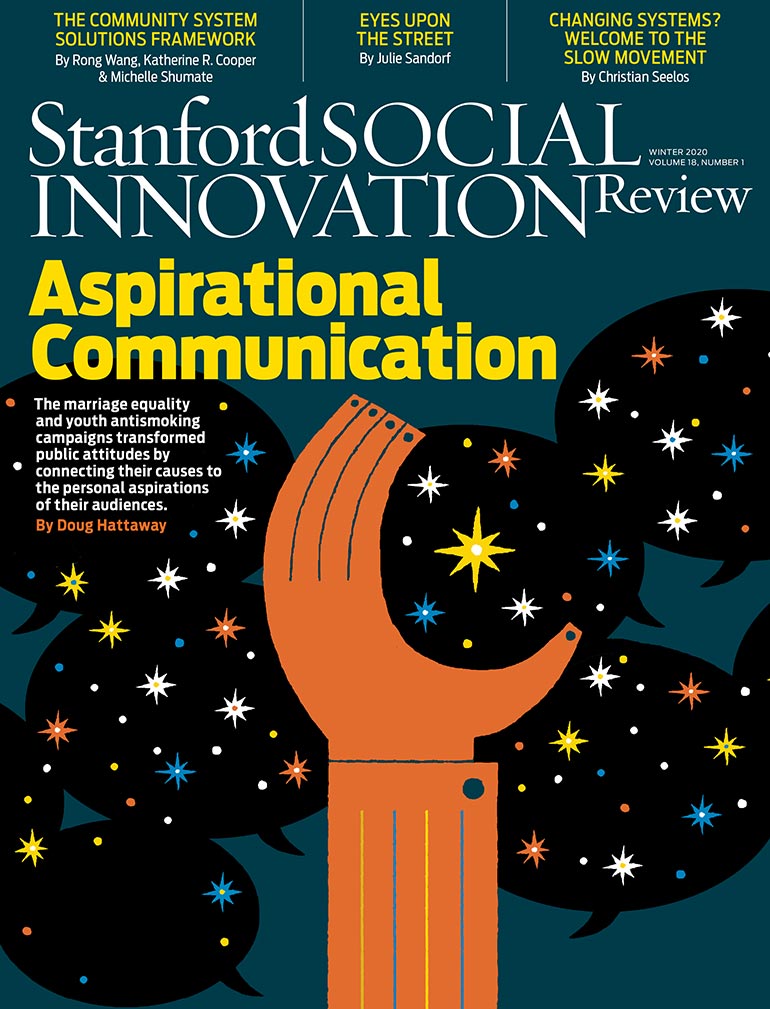 Stanford Social Innovation Review
Stanford Social Innovation ReviewMaking toast doesn’t sound very complicated -- until someone asks you to draw the process, step by step. Tom Wujec loves asking people and teams to draw how they make toast, because the process reveals unexpected truths about how we can solve our biggest, most complicated problems at work. Learn how to run this exercise yourself, and hear Wujec’s surprising insights from watching thousands of people draw toast.
1. Identifying local and global changemakers/social innovators and understanding their motivation and pathways.
2. Exploring components of transformative leadership.
3. Applying conflict resolution to social problems.
4. Developing resilience and optimism.
5. Applying story-telling techniques.
6. Building relationships.
Simon Sinek has a simple but powerful model for inspirational leadership -- starting with a golden circle and the question: "Why?" His examples include Apple, Martin Luther King Jr. and the Wright brothers.
1. Identifying characteristics he/she exemplifies that align with changemaking.
2. Exploring his or her own social passions, motivations, and aspirations.
3. Explaining how to integrate changemaking into his or her personal and professional life.
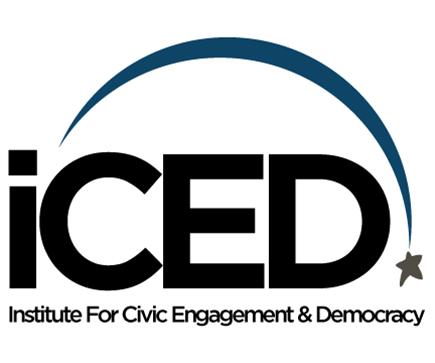
1. Explaining the role that empathy plays in creating social change.
2. Describing the different types of changemaking such as social entrepreneurship, intrapreneurship, philanthropy, volunteerism, advocacy, and political activism.
3. Explaining the importance of cross-sector collaborations in driving social change.
4. Explaining the methodology of design thinking and its role in change making.
5. Describing the importance of impact assessment for social change initiatives.



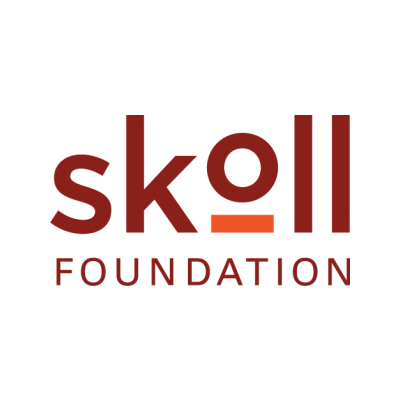

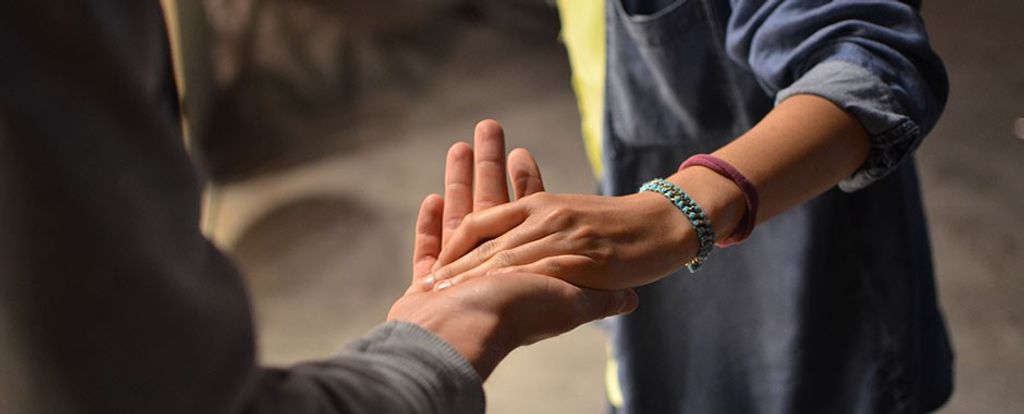

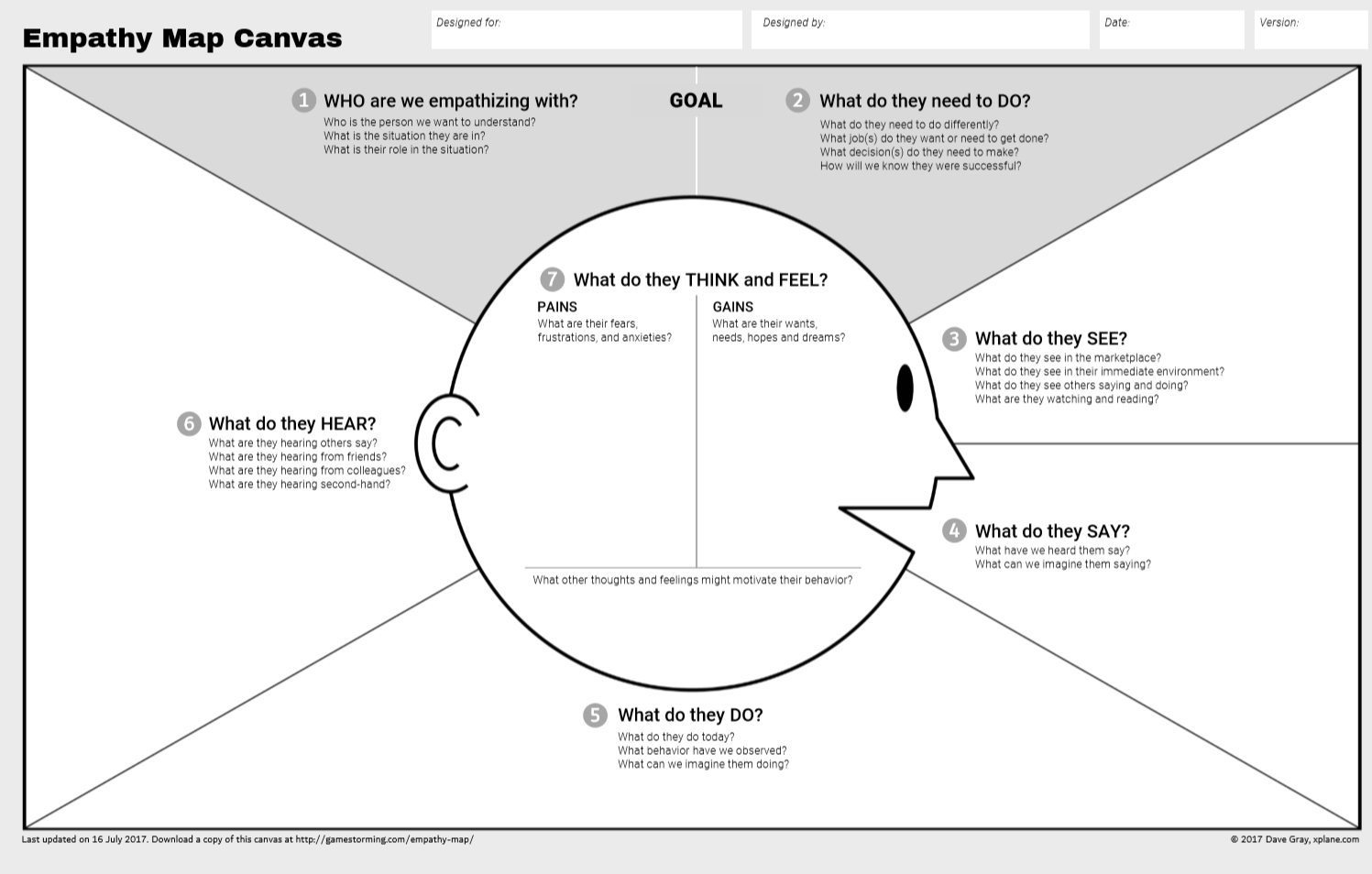
1. Analyzing the environment to identify and understand both problems and opportunities.
2. Generating ideas to create solutions.
3. Assessing the benefits of the solutions.






 Field Guide to Human-Centered Design by
The Field Guide has everything you need to understand the people you're designing for, to have more effective brainstorms, to prototype your ideas, and to ultimately arrive at more creative solutions.
Field Guide to Human-Centered Design by
The Field Guide has everything you need to understand the people you're designing for, to have more effective brainstorms, to prototype your ideas, and to ultimately arrive at more creative solutions.
As a principal designer for GE Healthcare, Doug had been designing diagnostic imaging equipment for more than 20 years when he realized that young patients' actual experience of this cutting -- edge technology was, well, awful. Children were often so terrified by the prospect of lying alone inside the huge, noisy machine that they often had to be sedated just to get through the experience. Doug put together a team of experts to solve this problem, including staff from a local children's museum, kids and hospital staff. The result was an innovative, design-driven solution that utterly transformed the experience for children. In addition to holding 6 utility patents and over 16 design patents, Doug teaches creative innovation as a part of the GE "innovation at work" initiative and is Lead Design Architect for two key design incubators.